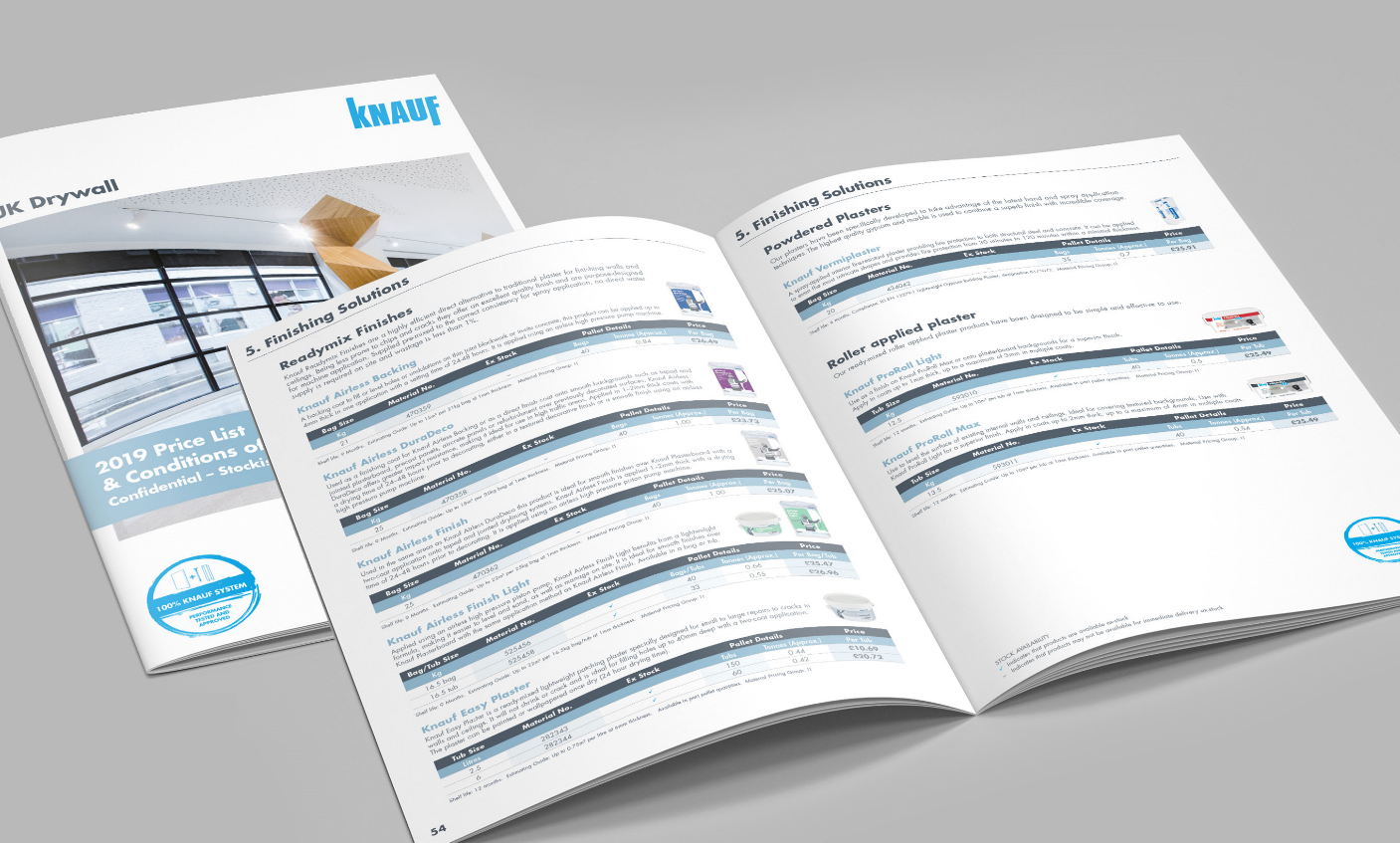Fire testing must acknowledge real world conditions
The issue of fire testing is currently very much top of the agenda for the construction industry. Product manufacturers within the sector must recognise their responsibility to conduct robust fire tests that not only meet building regulations and standards, but also acknowledge real world conditions.
At Knauf UK and Ireland, we regard robust fire testing as an essential part of our role. We would describe ourselves as predominately a systems provider, meaning we provide customers with a complete solution enabling them to get all the separate elements from one place. As well as ensuring each element meets the appropriate regulatory and manufacturing standard, we also test the whole system to determine its fire, acoustic and mechanical performance.
The benefit of this to the customer is that we can provide the whole system performance fire testing data. If building, using products from three or four different suppliers, for example partition plasterboards, studs, screws and mastic from different places, the customer would have to gather data for each individual element from each supplier to work out the overall fire resistance rating.
For individual products such as plasterboard, we look at its physical properties during the manufacturing process to ensure it meets the necessary regulations and our internal Quality Control requirements. For example, the manufacturing harmonised standard for plasterboard is BS EN 520 so we follow the BS EN 520 guidelines to ensure compliance and product quality.
When we are confident that each individual product meets the appropriate standard, we then combine it with other elements to create a useable, practical system. We then assess how that system performs in fire testing.
What type of fire test?
At Knauf we use different accredited third party testing centres in the UK and across Europe depending on what we’re looking to test, and in what specific scenario, whether it be loaded or unloaded, ceiling, partition or something else.
In the UK we follow the test recommendations and guidelines provided in the latest building regulations (for example, Approved Document B in England). These determine specific test methods applicable to meet specific requirements for various systems in a range of applications.
All test results are stored in our internal database. With the amount of tests we conduct, our database grows each week and reflects our continuous commitment to ensure that we can support our clients with the relevant and up to date documentation. Keeping a proper record of all the tests we conduct means that whenever we are asked a question about the fire properties of a particular product or system, we have the information at our fingertips – even if it’s a product we no longer manufacture. It is also invaluable to be able to look back at past results when developing new products or systems.
There has been a lot of discussion recently about the use of desktop studies to assess system performance under fire rather than conducting physical testing. The expectations of the market have changed over the last few years heavily in favour of actual test data rather than desktop studies and Knauf believes it is a shift in the right direction.
Test reports provide a clear breakdown of system performance in any given application and are essential in making sure it is compliant. Assessments will always have their place supporting bespoke solutions and scenarios where there might not be a specific test standard available, or where testing is just not feasible from a practical point of view. However, those studies will always require benchmark test data as a starting point.
Addressing realistic conditions
To make the fire testing process as thorough as possible, it’s important to acknowledge real world conditions. As much as we’d like to believe otherwise, we know that in real life, we probably wouldn’t see systems put together absolutely perfectly every time.
We need to make sure that when we test our systems we accommodate that reality as closely as possible, so we get the same result we’d have got if we could take a system from a random building site and test that. We also try to use the most onerous layout and scenario possible, closely following the specific test standard.
When testing, or developing, new systems we put ourselves in the place of the installer. We try to think like someone having to install a thousand linear metres of that system. We try to consider imperfect site conditions and different installers’ skillsets to make sure the system is feasible from a practical point of view.
Product manufacturers’ responsibility to educate
This brings up another important issue. While a product manufacturer can try to replicate real world conditions during the testing process, there is also a strong emphasis on the contractor installing the product correctly and in line with how it has been tested.
Part of our role as a product manufacturer, is to educate and support our customers to make sure this happens. We have a technical support service to help project managers and contractors resolve any queries or issues, including site visits by technical advisers if required.
Knauf also has dedicated teams that conduct regular site visits to ensure systems are being installed correctly, from both a practical and a compliance point of view. We are increasingly finding that contractors are looking for extra support, and reassurance that the systems they have installed are compliant with regulations. This is a positive trend and Knauf is ready to be a part of this robust approach.
Visiting a site while the build is in progress gives us an ideal opportunity to spot when something hasn’t been built exactly to our recommendations. We can then advise on how to rectify the situation to keep the performance of the system as it should be and avoid costly delays further down the line.
The British Board of Agrément (BBA) which issues certificates on building products has recently proposed introducing testing on randomly selected building materials already on the market. We welcome this idea and believe it will help to restore public confidence in product manufacturers in the wake of the Grenfell Tower tragedy.
As long as the construction instructions and manufacturer’s recommendations are adhered to during the testing process, this kind of random testing can only be a positive thing. Manufacturers who are stringent in their testing and are confident in their claims can only benefit from reinforced trust in their solutions under the proposal.
Michal Trudik, Knauf UK's R&D Technical Manager

